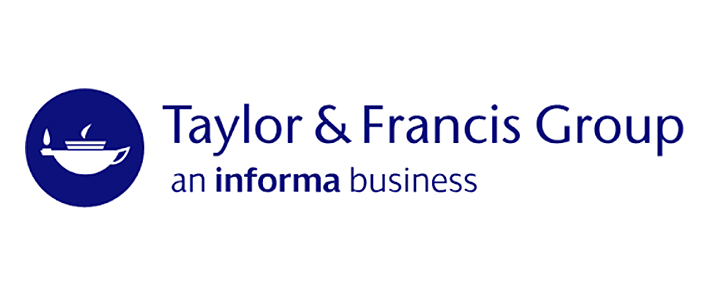Partitional clustering algorithms / [edited by] Emre Celebi.
Material type: TextPublication details: Cham : Springer, 2015.Description: x, 415 p. : illustrations (some color) ; 25 cmISBN:
TextPublication details: Cham : Springer, 2015.Description: x, 415 p. : illustrations (some color) ; 25 cmISBN: - 9783319092584 (hard cover : alk. paper)
- 000SA.072 23 C392
| Item type | Current library | Call number | Status | Date due | Barcode | Item holds | |
|---|---|---|---|---|---|---|---|
| Books | ISI Library, Kolkata | 000SA.072 C392 (Browse shelf(Opens below)) | Available | 136943 |
Browsing ISI Library, Kolkata shelves Close shelf browser (Hides shelf browser)
| No cover image available | ||||||||
| 000SA.072 B995 Cluster analysis / | 000SA.072 B995 Cluster analysis / | 000SA.072 B995 Cluster analysis / | 000SA.072 C392 Partitional clustering algorithms / | 000SA.072 G977 On efficient center-based clustering: from unsupervised learning to clustering under weak supervision/ | 000SA.072 H516 Handbook of cluster analysis / | 000SA.072 R614 Robust cluster analysis and variable selection / |
Includes bibliographical references.
1. Recent developments in model-based clustering with applications --
2. Accelerating Lloyd?s algorithm for k-means clustering --
3. Linear, Deterministic, and Order-Invariant Initialization Methods for the K-Means Clustering Algorithm --
4. Nonsmooth optimization based algorithms in cluster analysis --
5. Fuzzy Clustering Algorithms and Validity Indices for Distributed Data --
6. Density Based Clustering: Alternatives to DBSCAN --
7. Nonnegative matrix factorization for interactive topic modeling and document clustering --
8. Overview of overlapping partitional clustering methods --
9. On Semi-Supervised Clustering --
10. Consensus of Clusterings based on High-order Dissimilarities --
11. Hubness-Based Clustering of High-Dimensional Data --
12. Clustering for Monitoring Distributed Data Streams.
This book summarizes the state-of-the-art in partitional clustering. Clustering, the unsupervised classification of patterns into groups, is one of the most important tasks in exploratory data analysis. Primary goals of clustering include gaining insight into, classifying, and compressing data. Clustering has a long and rich history that spans a variety of scientific disciplines including anthropology, biology, medicine, psychology, statistics, mathematics, engineering, and computer science. As a result, numerous clustering algorithms have been proposed since the early 1950s. Among these algorithms, partitional (nonhierarchical) ones have found many applications, especially in engineering and computer science. This book provides coverage of consensus clustering, constrained clustering, large scale and/or high dimensional clustering, cluster validity, cluster visualization, and applications of clustering. Examines clustering as it applies to large and/or high-dimensional data sets commonly encountered in realistic applications; Discusses algorithms specifically designed for partitional clustering; Covers center-based, competitive learning, density-based, fuzzy, graph-based, grid-based, metaheuristic, and model-based approaches.
There are no comments on this title.


























